Electrocardiogram Examination
By: Administrator
Date Uploaded: 05/02/2019
Tags: heartbeat nurse nursing patient care
Attachments: image.png (12KB) image.png (61KB) image.png (24KB) image.png (47KB) image.png (54KB)
An electrocardiogram (ECG or EKG) is a test that checks how your heart is functioning by measuring the electrical activity of the heart. With each heartbeat, an electrical impulse (or wave) travels through your heart. This wave causes the muscle to squeeze and pump blood from the heart. Sinoatrial Node (SA Node) Called the pacemaker of the heart. Located in the upper wall of the right atrium, just below the opening of the superior vena cava. Consists of a dense network of Purkinje fibers (atypical muscle fibers) considered to be the source of impulses initiating the heartbeat. Electrical impulses discharged by the SA node cause the right and left atria to contract. Atrioventricular Node (AV Node) Located beneath the endocardium of the right atrium, the AV node transmits electrical impulses to the bundle of His. Atrioventricular Bundle (Bundle of His) Collection of heart muscle cells specialized for electrical conduction. Transmit electrical impulses from AV node to Purkinje fibers, which distribute the impulse to the ventricular muscle. Average adult heartbeat (pulse) : 60-90 beats per minute. Atrioventricular Bundle (Bundle of His) Rate of heartbeat can be affected by emotions, smoking, disease, body size, age, stress, the environment, and many other factors. The heart’s electrical activity can be recorded by an electrocardiogram (ECG, EKG), which provides valuable information in diagnosing cardiac abnormalities.
Add To
You must login to add videos to your playlists.
Advertisement



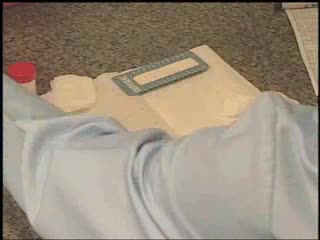
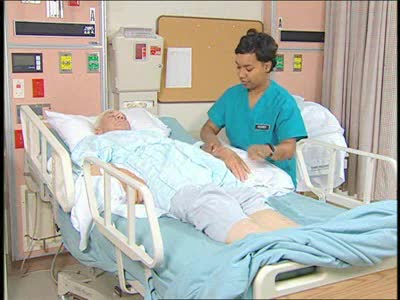
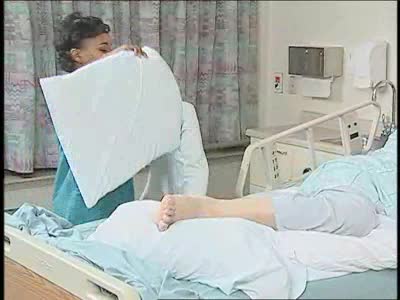
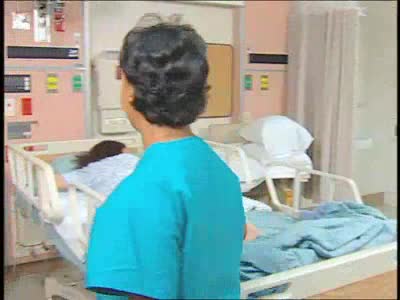

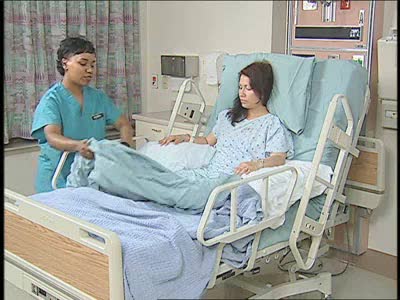
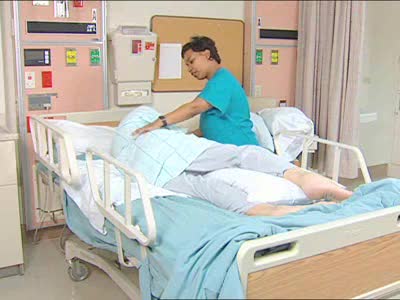
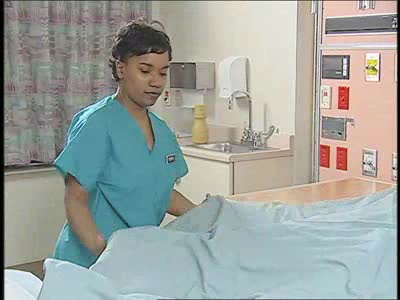
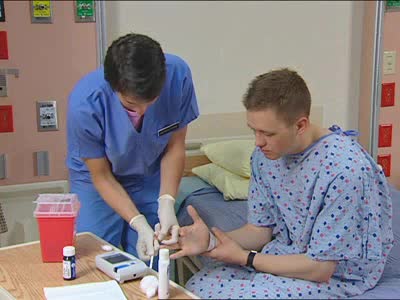
Comments
0 Comments total
Sign In to post comments.
No comments have been posted for this video yet.